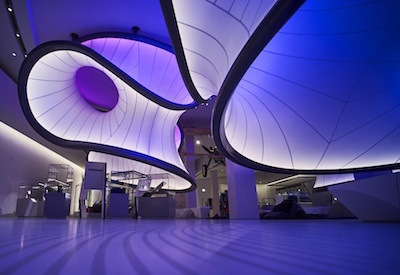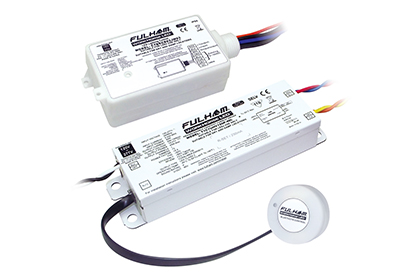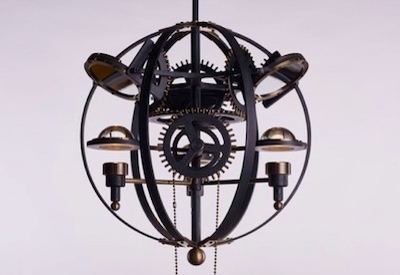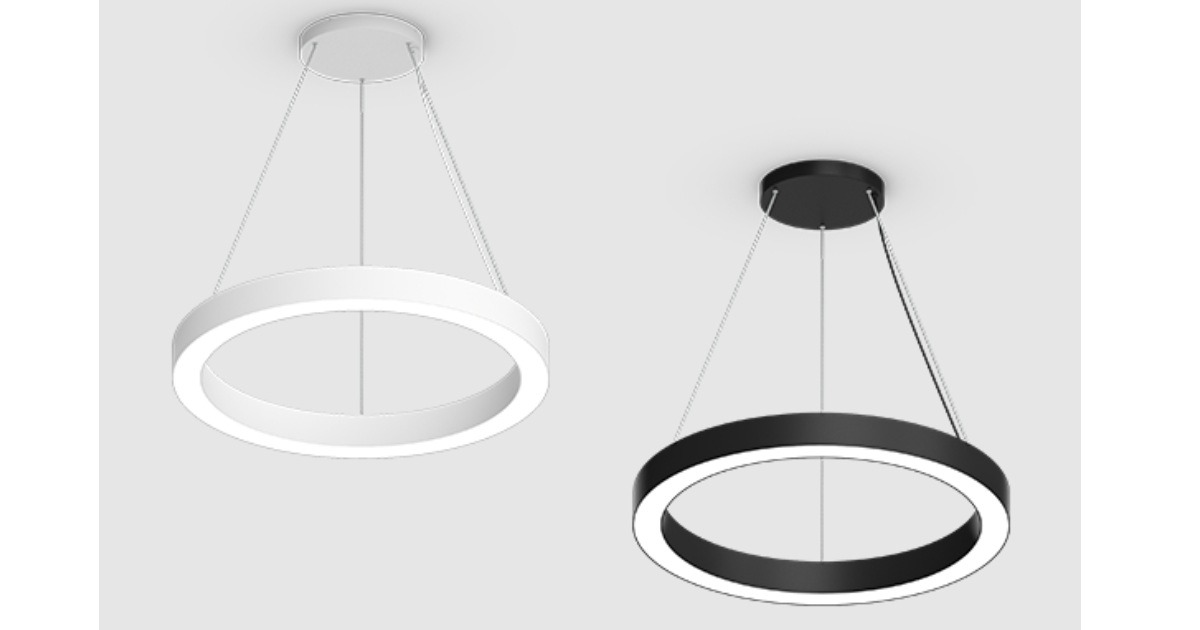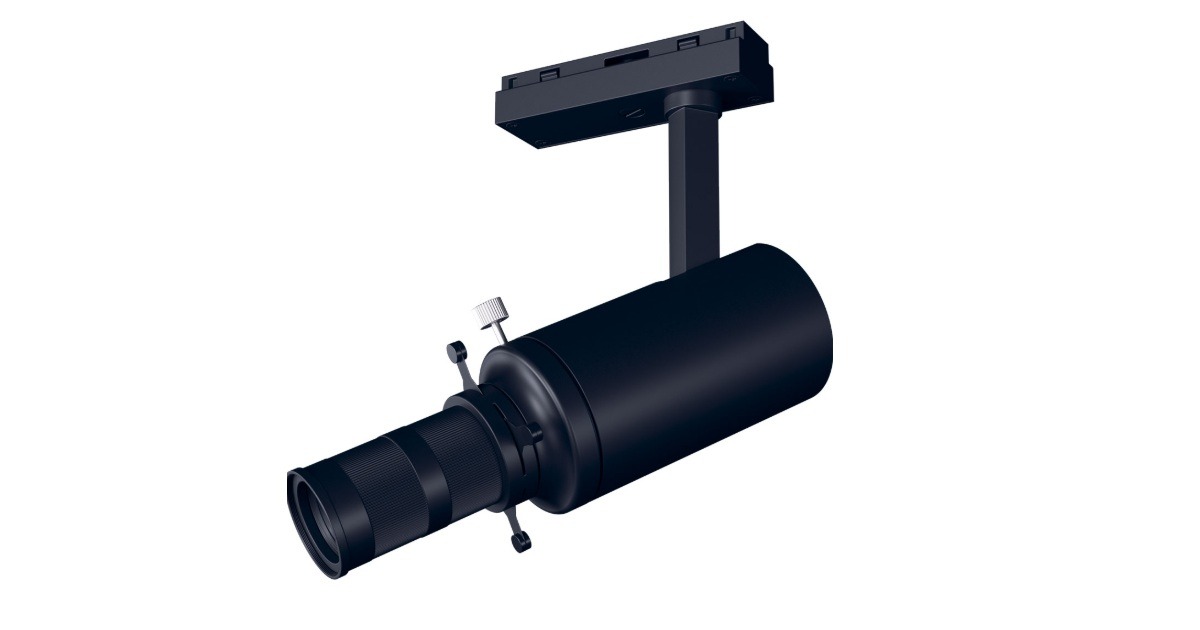Modern Lighting Revitalizes Historic Brockville Railway Tunnel
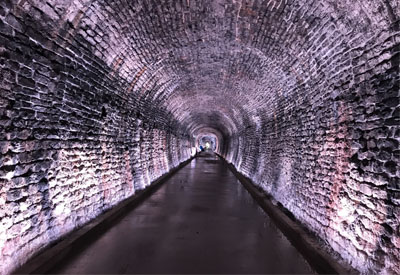
August 15, 2017
Historical landmark revived with light
A pillar of Canada’s pre-Confederation industrial heritage, the Brockville Railway Tunnel has undergone an innovative restoration project transforming the tunnel into a cutting-edge walkway fitted with Philips Color Kinetics dynamic LED lighting. The project sets a new benchmark in public-private collaboration for the city of Brockville. The newly illuminated tunnel creates a new city identity, celebrates the history, fosters livability, and generates an economic impact for the city of Brockville all while adding it to the list of must visit places in the Thousand Islands region of eastern Ontario.
The Brockville Tunnel is a remarkable historical landmark and we had a vision to transform it into a true attraction that will make it internationally known. With the Philips architectural LED lighting system, we have created something wonderful for the community and visitors,” said David LeSueur, City of Brockville Councilor and Brockville Railway Tunnel Committee Chair
Customer Challenge
Constructed over the course of 1854 – 1860, the Brockville Rail Tunnel was the first railway tunnel built in Canada. Located underneath the downtown area of the Ontario city, the Brockville and Ottawa Railway with its tunnel was built to connect the St. Lawrence River with the Ottawa River to take advantage of the lucrative lumber trade. Later the tunnel served as a gateway to bring in goods from the United States via the St. Lawrence River through to the province of Ontario until 1970 when service ceased. In 1983 the city of Brockville acquired the railway tunnel from the Canadian Pacific Railway as a part of a heritage preservation initiative, fitting the south portal of the tunnel with an 85 foot walkway open to the public. In 1992 the Brockville Railway Tunnel was designated as a historic site.
Eighteen years later in 2010 a newly formed Brockville Railway Tunnel Committee made up of both public and private stakeholders, initiated a feasibility study on historic sites, public enterprise, and commercial attraction. Revitalization of the tunnel was included in the city’s strategic plan with a vision to provide visitors of Brockville’s waterfront a complete experience, turning it into a true destination location.
The right lighting
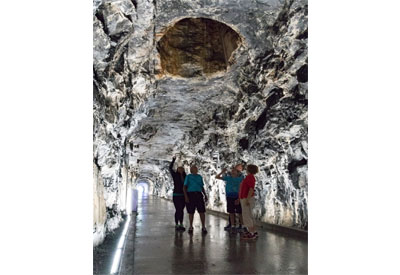
The entire 525 m (1722 ft) of the tunnel was installed with Philips Color Kinetics ColorGraze MX4 Powercore fixtures (, transforming the mostly unused railway tunnel into a visually stunning walkway that highlights the tunnel’s architecture and geology and connect the north and south portals. Grazing fixtures were specifically chosen for the inside of the railway in order to showcase the unique architectural and geological components of the 155 year old tunnel, while ColorBlast Powercore gen4 fixtures were installed at both portals to invitingly illuminate the entrances. The lighting inside the tunnel runs a dynamic “Philips Light Show” 365 days a year, drawing in locals and tourists alike. Citizens can even request custom lightshows for events held on the waterfront. More than 700 Philips Color Kinetics ColorGraze Powercore LED fixtures, containing 2,800 individually controllable colour nodes, have been used to transform this previously unused railway tunnel into a visually stunning pedestrian walkway.
The Brockville Railway Tunnel was reopened to the public on August 12, 2017 to coincide with the Canada 150 celebrations taking place across the Great White North this year. Already a hotbed of tourist activity in the summer months, the newly restored Brockville Railway Tunnel serves as a perfect gateway between the section of the city known as ‘The Gorge’ and the waterfront, drawing as much as 30,000 more visitors to the downtown area.
The charm of the tunnel is enabling the city to enhance visitation and creating a buzz in social media and popular travel sites around the world. The tunnel has become the central hub in Brockville to host community events and festivals year-round, further cementing it as one of the iconic landmarks in Thousand Islands region.
Photo Credits:
Photo 1 – Courtesy of Keith Hare
Photo 2 – Courtesy of Ford Electric


